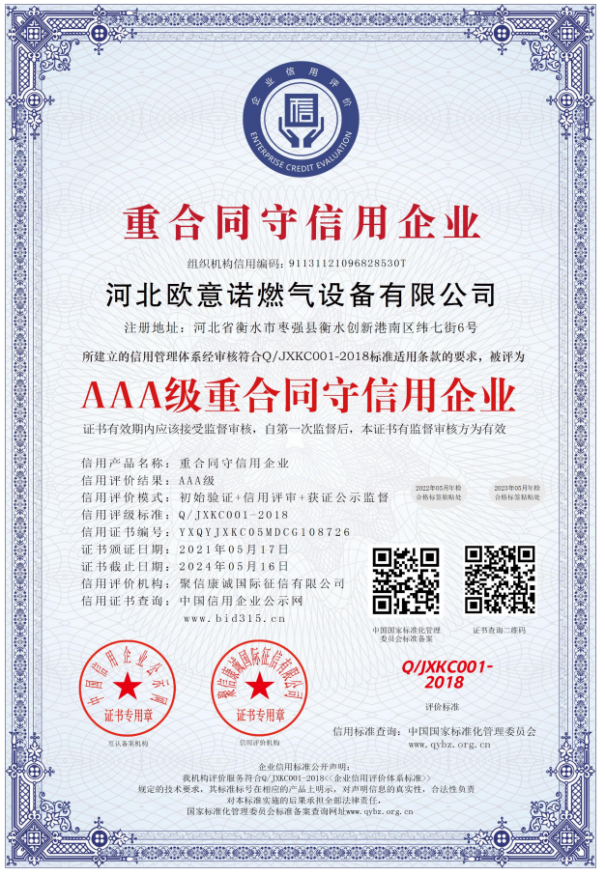
Oct . 16, 2024 23:38
Back to list
Safety Relief Valve for Pressure Regulation and Control Systems
The Importance of Safety Relief Valves in Industrial Operations
In the realm of industrial operations, safety is paramount. One of the critical components that ensure safety in various processes is the safety relief valve (SRV), or صمام تنفيس الأمان in Arabic. This device is designed to prevent excessive pressure build-up in equipment and systems, thereby safeguarding both personnel and infrastructure. Understanding the role, functionality, and significance of safety relief valves is essential for anyone involved in industrial operations.
What is a Safety Relief Valve?
A safety relief valve is a type of pressure relief device that automatically releases substance from a boiler, pressure vessel, or an associated piping system when the pressure or temperature exceeds preset limits. They provide a crucial line of defense against potential hazards caused by overpressure situations. By allowing fluid or gas to escape when necessary, these valves help maintain safety and operational integrity.
How Does a Safety Relief Valve Work?
The operation of a safety relief valve is based on the principles of physics, primarily the relationships between pressure and force. The design usually includes a valve disc that is held in place by a spring. When the system pressure rises above the set pressure level, the force exerted by the internal pressure overcomes the spring force, enabling the valve to open. This allows the excessive pressure to be released, preventing catastrophic failures such as explosions or equipment ruptures.
Once the pressure drops back down to a safe level, the valve closes, ensuring that the system can continue to operate efficiently without risks. It is essential that these valves are appropriately calibrated and maintained, as their performance directly correlates with the safety of the entire operation.
Applications of Safety Relief Valves
صمام تنفيس الأمان

Safety relief valves find applications across various industries, including oil and gas, chemical manufacturing, power generation, and water treatment. In oil and gas drilling operations, for instance, they prevent the over-pressurization of pipelines and storage tanks, which can lead to leaks, fires, or even explosions. In chemical plants, these valves are crucial for maintaining safe operating conditions in reactors and other high-pressure vessels.
Additionally, safety relief valves are critical in the steam industry, where they help prevent boiler explosions. High-pressure boilers must maintain strict pressure levels, and a failure in the relief system could result in disastrous consequences. Similarly, in the food and beverage industry, these valves ensure safety during processes like pasteurization and carbonation, where pressure management is vital.
The Significance of Regular Maintenance and Compliance
To ensure the reliability of safety relief valves, regular testing and maintenance are essential. Industrial standards and regulations often mandate routine inspections to check for wear, corrosion, and other potential issues that could compromise their efficiency. Organizations must adhere to these regulations not only to ensure safety but also to avoid costly fines and legal repercussions.
Proper documentation and record-keeping of maintenance activities also play a significant role in operational safety. This allows for traceability and accountability, ensuring that all safety devices are functioning as intended. Additionally, training personnel in the operation and maintenance of safety relief valves is crucial to mitigate risks associated with improper handling.
Conclusion
In conclusion, safety relief valves are fundamental components that play a vital role in maintaining safe industrial operations. Their primary function of releasing excess pressure protects both human lives and equipment from potential hazards. Understanding their operation, applications, and the importance of regular maintenance is crucial for anyone involved in industries that handle pressurized systems. As technology advances, the design and materials used for these valves will continue to improve, further enhancing safety measures in industrial environments. Thus, investing in quality safety relief valves and ensuring their proper maintenance is a commitment to operational safety and efficiency.
Next:
Latest news
-
Safety Valve Spring-Loaded Design Overpressure ProtectionNewsJul.25,2025
-
Precision Voltage Regulator AC5 Accuracy Grade PerformanceNewsJul.25,2025
-
Natural Gas Pressure Regulating Skid Industrial Pipeline ApplicationsNewsJul.25,2025
-
Natural Gas Filter Stainless Steel Mesh Element DesignNewsJul.25,2025
-
Gas Pressure Regulator Valve Direct-Acting Spring-Loaded DesignNewsJul.25,2025
-
Decompression Equipment Multi-Stage Heat Exchange System DesignNewsJul.25,2025

